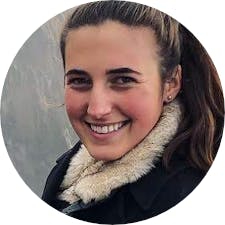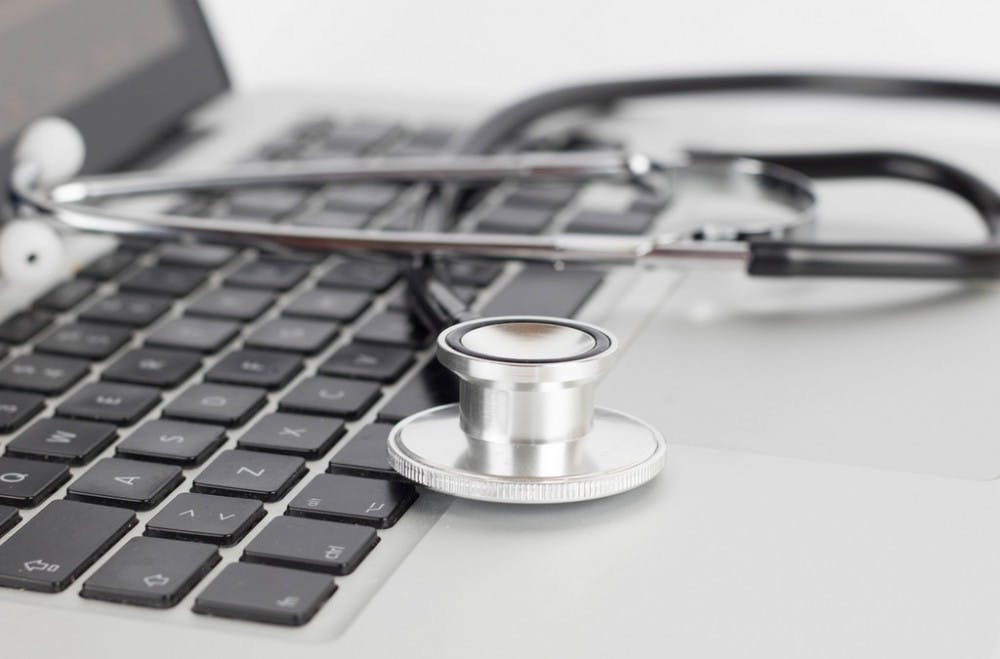The world is quickly turning digital, and, with the help of researchers at Duke, so will medicine.
Ravi Karra—assistant professor of medicine at Duke's School of Medicine—is an expert in heart transplants. He worked with his team of researchers to make at-home monitoring of left ventricular assistant devices (LVADs) a possibility. LVADs help pump blood in patients without functional hearts.
Through an unexpected discovery and later work with the Pratt School of Engineering, researchers are using digital stethoscopes to “predict events and prevent complications,” Karra explained.
“If we can take the stethoscope, then we can take the sounds, and we can interpret and learn in a way that has some relationship to a clinically significant event," he said.
When patients develop heart failure, the prognosis is “similar to advanced cancer.” But, instead of seeking expensive and unlikely transplants, more people are being outfitted with LVADs, which assist in the moving of blood through the body.
“This means more people [come] to tertiary care centers like Duke, so we can watch and take care of them,” Karra said.
Although LVADs extend life expectancy and quality, they come with a “high degree of complications.” Often, patients have to be re-hospitalized, which is dangerous if the patient lives far from the hospital.
LVADs make a different sound when they are malfunctioning—which, according to Karra, is like the sound a lawn mower makes when it sucks in rocks—indicating a life-threatening blood clot.
Cardiologists are trained for years to hear hearts, and “every gallop and rub is important,” Karra said, but LVADs drown out normal heartbeats. After being forced to use a digital stethoscope when his 15-year-old tool broke, Karra “heard things [he] had never heard before.” He began working with Priyesh Patel—assistant professor of medicine at the School of Medicine—to understand the discrepancy.
Together, they were able to isolate the sounds of the LVAD and the heart with the digital stethoscope, but they took the research further.
“If my ears can hear this, a computer can hear this better,” Karra said.
They sought the advice of Leslie Collins—professor of electrical and computer engineering—and Doug Nowacek, professor of conservation technology in environment and engineering, who applied his knowledge of dolphin communication to offer new perspectives on how hearts “talk.”
On the engineering side, Boylah Mainsah—a research scientist at Duke’s Applied Machine Learning Lab—collaborated to interpret and separate audible changes.
The diverse researchers are now working to gather enough audio recordings of LVADs to develop a practical system for patients.
Within five years, the team’s experimental process will be used widely in the LVAD community, Karra predicted. The ultimate goal—to make the system so easy to use that patients could use them in their homes—is currently a proof-of-concept study, looking for “creative ways [for patients to be checked up on] when they live far away.”
This “mobile health surveillance technology” will allow patients to record the sounds of their heart and LVAD, then send the recording to the hospital for analyzing. This virtual exam will save time, effort and hassle for the patient, according to researchers.
Karra would “love for people to do [the recording] themselves,” in order to give them autonomy over their own medical care. His research could also potentially be translated to other parts of medical care, such as the lungs, bowels and stomach—other organs that commonly use a stethoscope for monitoring.
The continuation of this work will require “motivated undergraduate students [to] stitch the disciplines,” Karra said.
Get The Chronicle straight to your inbox
Sign up for our weekly newsletter. Cancel at any time.

Maria Morrison was a digital strategy director for The Chronicle's 117th volume. She was previously managing editor for Volume 116.

